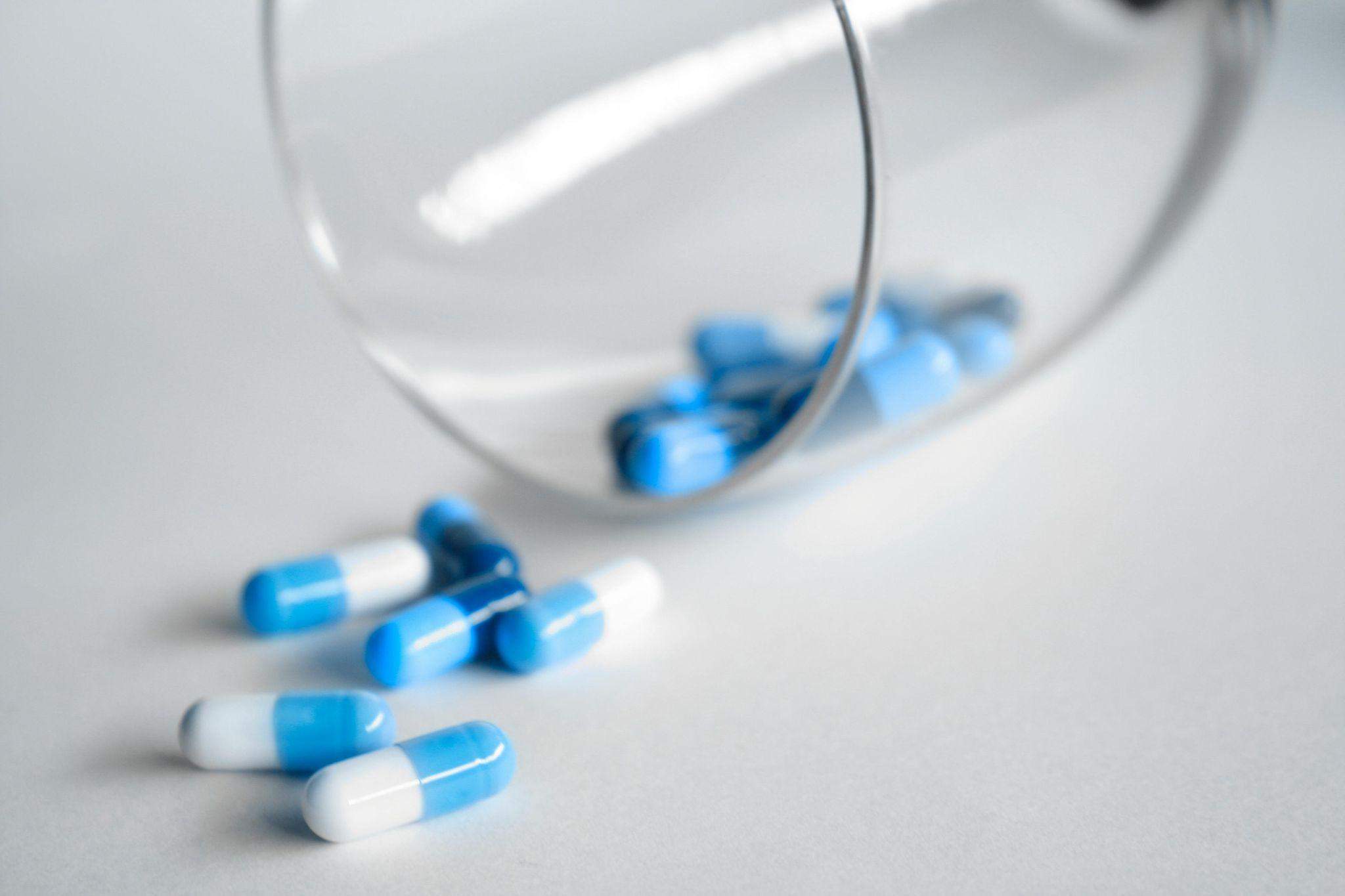Understanding the duration of a substance’s presence in the body is crucial for individuals considering treatment for substance abuse. The retention of Ambien, a commonly prescribed sleep aid, varies among individuals and is influenced by multiple factors.
By exploring the metabolism, half-life, and clearance of Ambien, individuals can gain insight into the timeframe during which the drug may be detectable in their system. This knowledge empowers individuals to make informed decisions regarding their treatment journey and facilitates constructive conversations with healthcare professionals.
In this article, we delve into the intricacies of how long Ambien stays in the system, providing readers with essential information to support their path towards recovery and overall well-being.
Metabolism of Ambien
Typically, Ambien is rapidly metabolized in the body, predominantly through hepatic pathways. Upon oral administration, Ambien is quickly absorbed in the gastrointestinal tract, leading to peak plasma levels within 1-2 hours. The drug has a high bioavailability of approximately 70%, allowing for efficient distribution throughout the body.
Metabolism primarily occurs in the liver, where hepatic enzymes, specifically cytochrome P450 isoenzymes, facilitate the biotransformation of Ambien into inactive metabolites. These metabolites are then excreted primarily through the kidneys, with a small portion being eliminated in feces.
The duration of action of Ambien is relatively short, with its sedative effects typically lasting around 7-8 hours. Understanding the metabolism of Ambien is crucial in predicting its efficacy and potential interactions with other drugs that may impact its liver metabolism. Monitoring plasma levels and considering individual differences in liver enzyme activity are essential for optimizing the therapeutic use of Ambien.
Half-Life of Ambien
The half-life of Ambien, a commonly prescribed sedative medication, is approximately 2.5 to 3 hours. During this time, the drug’s concentration in the bloodstream decreases by half. Understanding the pharmacokinetics overview of Ambien aids in comprehending its elimination process. After ingestion, Ambien is rapidly absorbed in the gastrointestinal tract, metabolized by the liver, and eliminated mainly through urine. The duration effects of Ambien are typically felt within 15-30 minutes after ingestion, with peak effects occurring around 1-1.5 hours.
In cases of abrupt cessation or prolonged use, individuals may experience withdrawal symptoms such as rebound insomnia, anxiety, and irritability. Prolonged or excessive use of Ambien can lead to tolerance, dependence, and potential addiction. Long-term use impacts may include cognitive impairments and memory issues. It is crucial for healthcare providers to monitor patients closely when using Ambien to mitigate the risks associated with its prolonged use and potential for abuse.
Factors Affecting Clearance
Factors influencing the clearance of Ambien from the system can significantly impact its duration of presence and potential effects. Lifestyle choices play a crucial role in how quickly Ambien is metabolized and eliminated from the body. Healthy lifestyle habits such as a balanced diet and regular exercise can aid in the efficient clearance of the drug. Hydration levels also play a significant role as adequate water intake can help flush out toxins, including Ambien, from the system.
Liver function is essential for the metabolism of Ambien, as the drug is primarily broken down in the liver. Impaired liver function can prolong the clearance of Ambien, leading to a longer presence in the system. Additionally, body weight can influence how long Ambien stays in the body, as higher body weight may require a longer time for clearance.
Regular exercise habits can also affect the clearance of Ambien, as physical activity can boost metabolism and circulation, potentially expediting the elimination of the drug from the system. It is essential to consider these factors when determining how long Ambien may stay in an individual’s system.
Detection Time in Drug Tests
Discussing the detection time of Ambien in drug tests involves considering its presence in the body and its potential impact on test results. Detection windows for Ambien vary depending on the type of drug test conducted.
In urine tests, Ambien can typically be detected for 1-2 days after use. Blood screenings have a shorter detection window, usually around 8-12 hours. Hair follicle analysis can detect Ambien for a much longer period, up to 90 days after the last dose. Saliva samples offer a detection window similar to blood tests, with Ambien being detectable for around 8-12 hours.
It is essential to note that individual factors such as metabolism, hydration levels, and frequency of use can influence these detection times. Understanding the detection windows for Ambien in different drug tests is crucial for individuals undergoing testing to be aware of how long the drug may be detectable in their system.
Final Thoughts
Understanding the metabolism and elimination of Ambien is crucial in determining how long the drug stays in your system. Factors such as dosage, frequency of use, and individual physiology can impact detection times in drug tests. By being informed about the pharmacokinetics of Ambien, individuals can make informed decisions regarding treatment and recovery. This knowledge empowers individuals to engage in discussions with healthcare providers and navigate the treatment process effectively.
At Altitude Recovery, we’re committed to lifting you from the depths of substance use challenges to the heights of recovery and resilience. Our expert team provides personalized, evidence-based treatment services designed to support your distinct path towards healing. Reach out to us for the understanding and compassionate care you deserve on your journey to wellness.
Frequently Asked Questions
Can Ambien Show up on a Drug Test as a False Positive for Other Substances?
Ambien can potentially trigger false positives on drug tests due to interactions with other medications. Long-term Ambien use may affect clearance rates. For those facing addiction issues, seeking professional help through rehabilitation programs is crucial for effective treatment and recovery.
How Does Ambien Interact With Other Medications or Substances in the Body?
Drug interactions with Ambien can occur when combined with alcohol, other medications, or dietary supplements. Metabolized by the liver and excreted through kidney function, Ambien’s effects may be altered, leading to potentially dangerous interactions.
What Are the Potential Long-Term Effects of Ambien Use on the Body and Brain?
Long-term Ambien use may lead to cognitive decline, memory impairment, and sleep disturbances. It can impact physical health and emotional wellbeing. Understanding these potential effects is crucial for making informed decisions about Ambien use.
Are There Any Natural Remedies or Lifestyle Changes That Can Help Speed up the Clearance of Ambien From the System?
Incorporating dietary supplements, an exercise routine, herbal remedies, optimal sleep hygiene, and effective stress management techniques can support the body’s natural detoxification processes, potentially aiding in the clearance of Ambien from the system.
Can Ambien Addiction Be Successfully Treated Without the Need for a Formal Rehabilitation Program?
Ambien addiction can be successfully treated without formal rehabilitation through alternative treatments, personalized plans, behavioral therapy, and self-care strategies. Success rates improve with support systems, monitoring progress, relapse prevention, holistic approaches, and family involvement.





